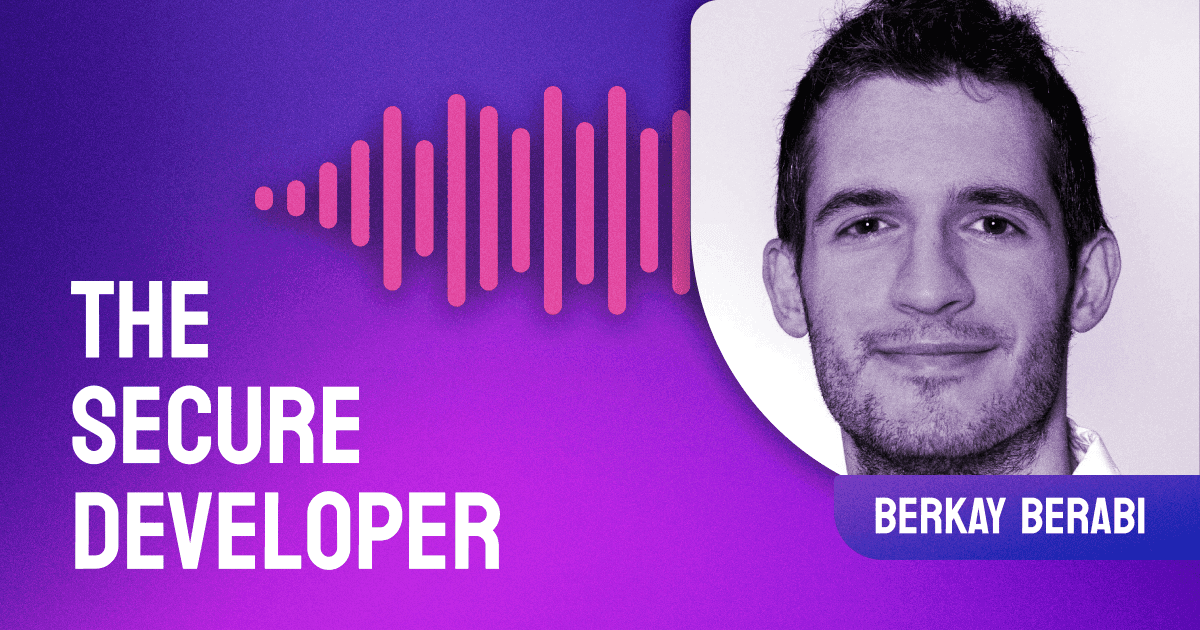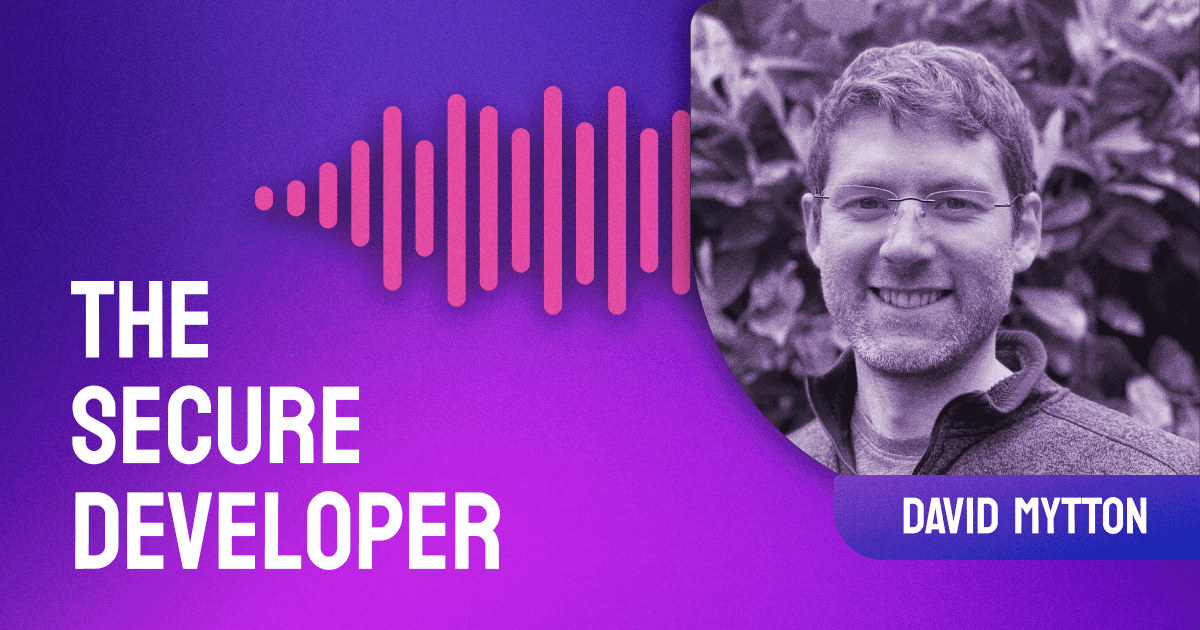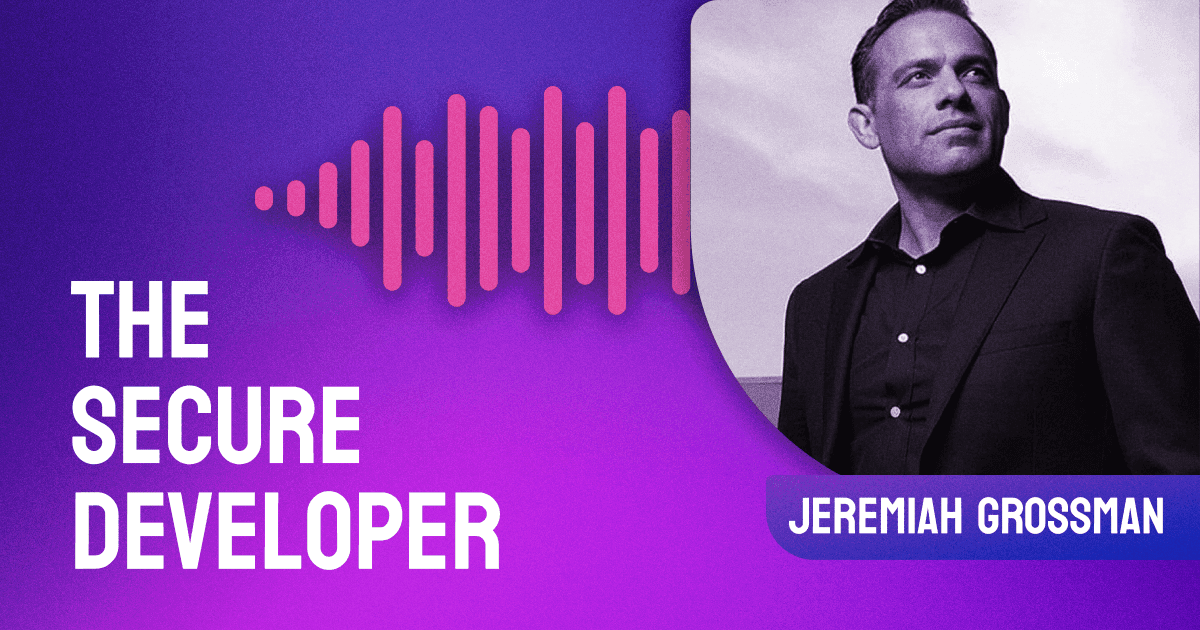Episode Summary
Are you ready to revolutionize your coding experience with cutting-edge AI tools? In this episode of The Secure Developer, host Danny Allan is joined by Jeff Wang, Head of Business at Codeium, to take a deep dive into the transformative power of generative AI in software development. Discover how coding assistants have evolved from simple auto-complete functions to sophisticated AI-driven tools, the significant impact these advancements have had on productivity and innovation, and how Codeium is addressing some of the security challenges they pose. Tuning in, you’ll learn how you can stay ahead in the rapidly changing tech landscape and supercharge your development process.
Show Notes
In this insightful episode of The Secure Developer, host Danny Allan sits down with Jeff Wang from Codeium to explore the rapidly evolving world of AI-powered coding assistants. As organizations increasingly look to harness the power of Generative AI in software development, Jeff provides a comprehensive overview of how these tools transform the coding landscape.
The conversation starts with a journey through the history of coding assistants, from early autocomplete features to today's sophisticated AI-driven tools. Jeff explains how Large Language Models (LLMs) have revolutionized code generation, offering unprecedented levels of accuracy and efficiency. He delves into the various features of modern coding assistants, including chat functions for code understanding and debugging, highlighting how these tools cater to both junior and senior developers.
Security concerns are a key focus of the discussion, with Jeff addressing how Codeium tackles data privacy and protection. He outlines strategies such as air-gapped deployments and local data processing to ensure that sensitive code remains secure. The episode also touches on the challenges of measuring the impact of these tools, with Jeff sharing insights on how companies are quantifying success through metrics like code generation percentage and developer productivity.
Looking to the future, Jeff and Danny explore the potential trajectories of AI in software development. They discuss the possibility of more complex, multi-step AI processes and the integration of AI across the entire software development lifecycle. The conversation concludes with thought-provoking insights on how AI coding assistants are improving productivity and enabling developers and organizations to "dream bigger" and tackle more ambitious projects.
This episode offers listeners a deep dive into the cutting-edge world of AI-assisted coding, providing valuable insights for developers, technology leaders, and anyone interested in the future of software development. Tune in to understand how these tools reshape the industry and why they're becoming essential to modern development practices.
Links





